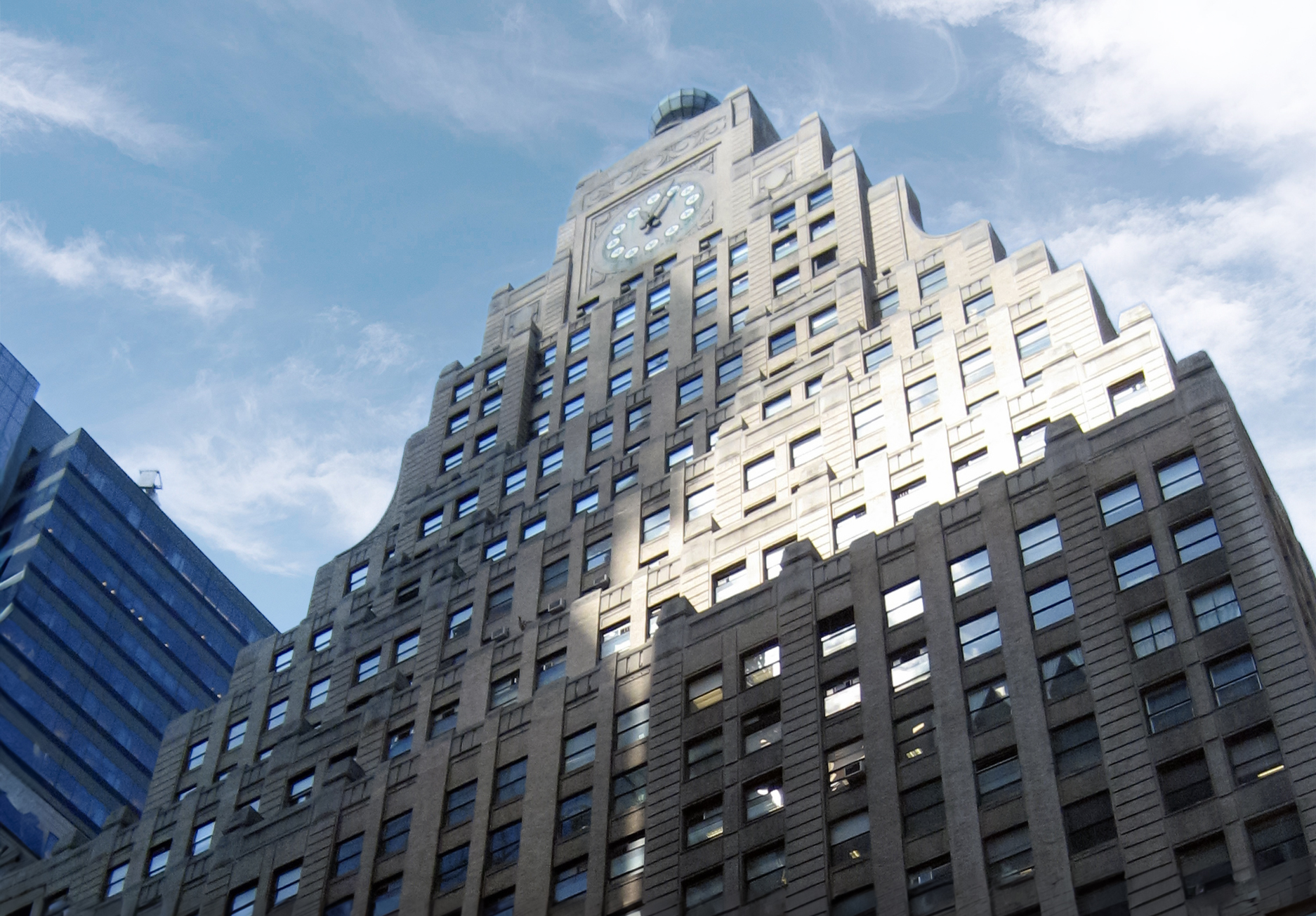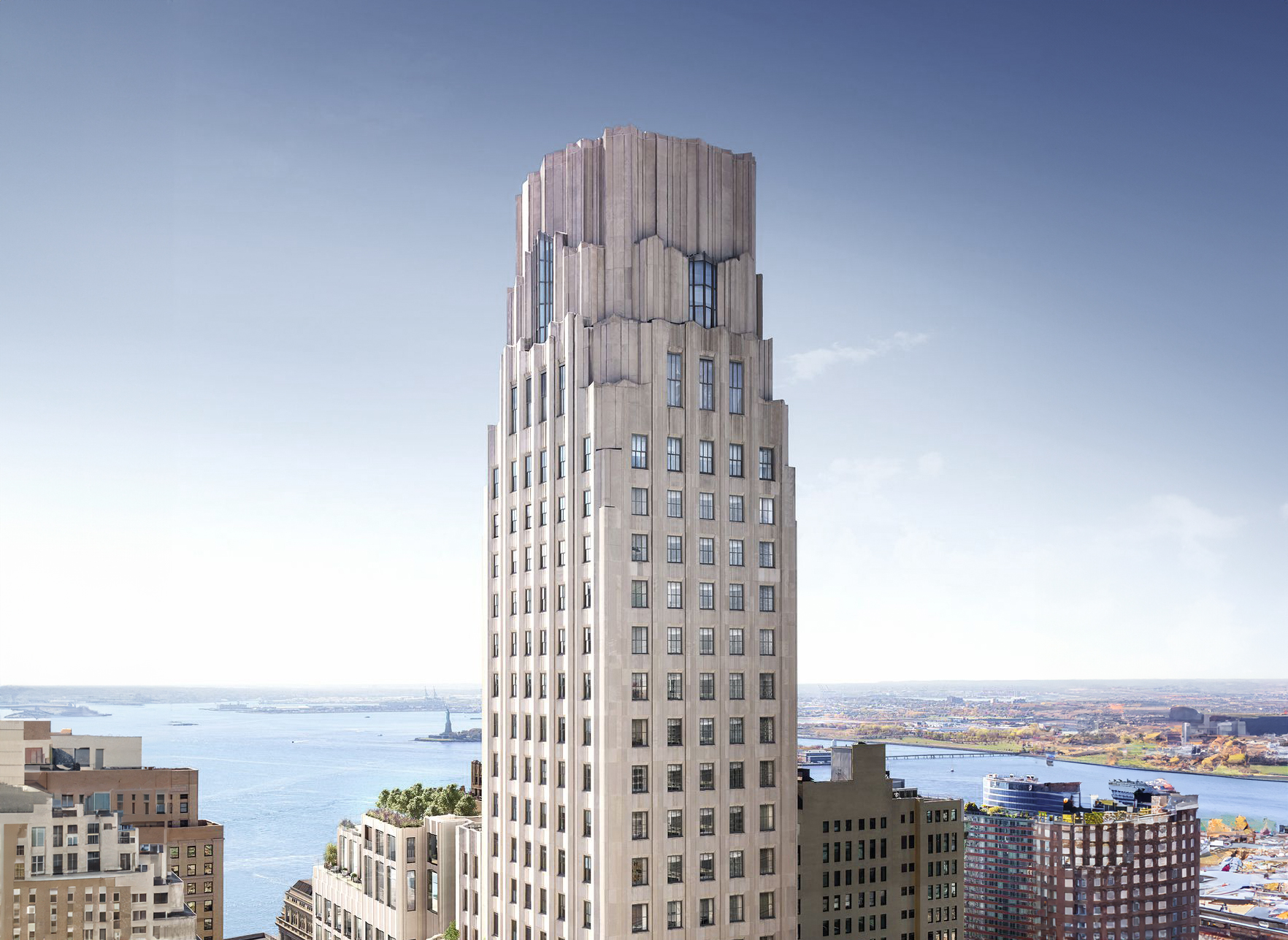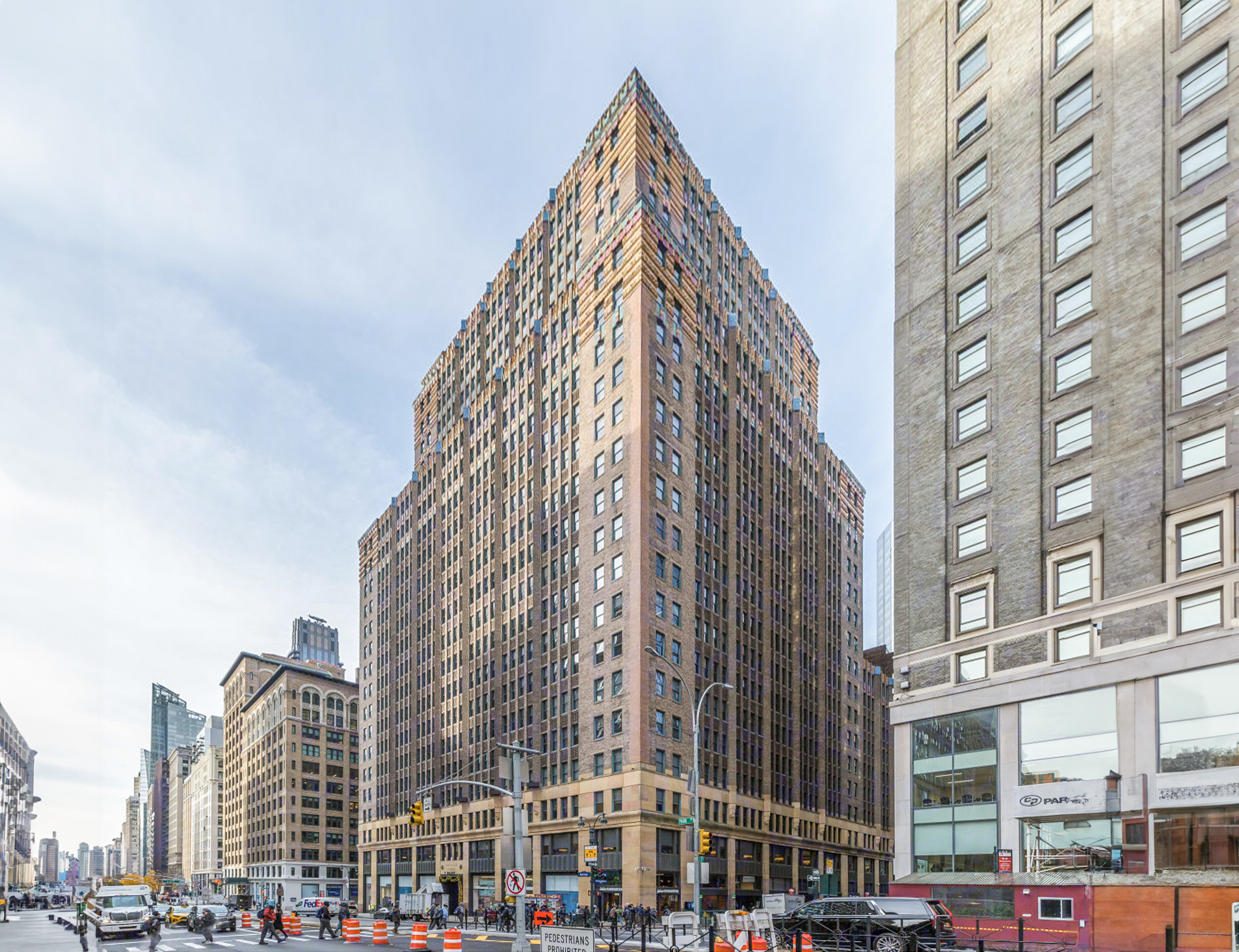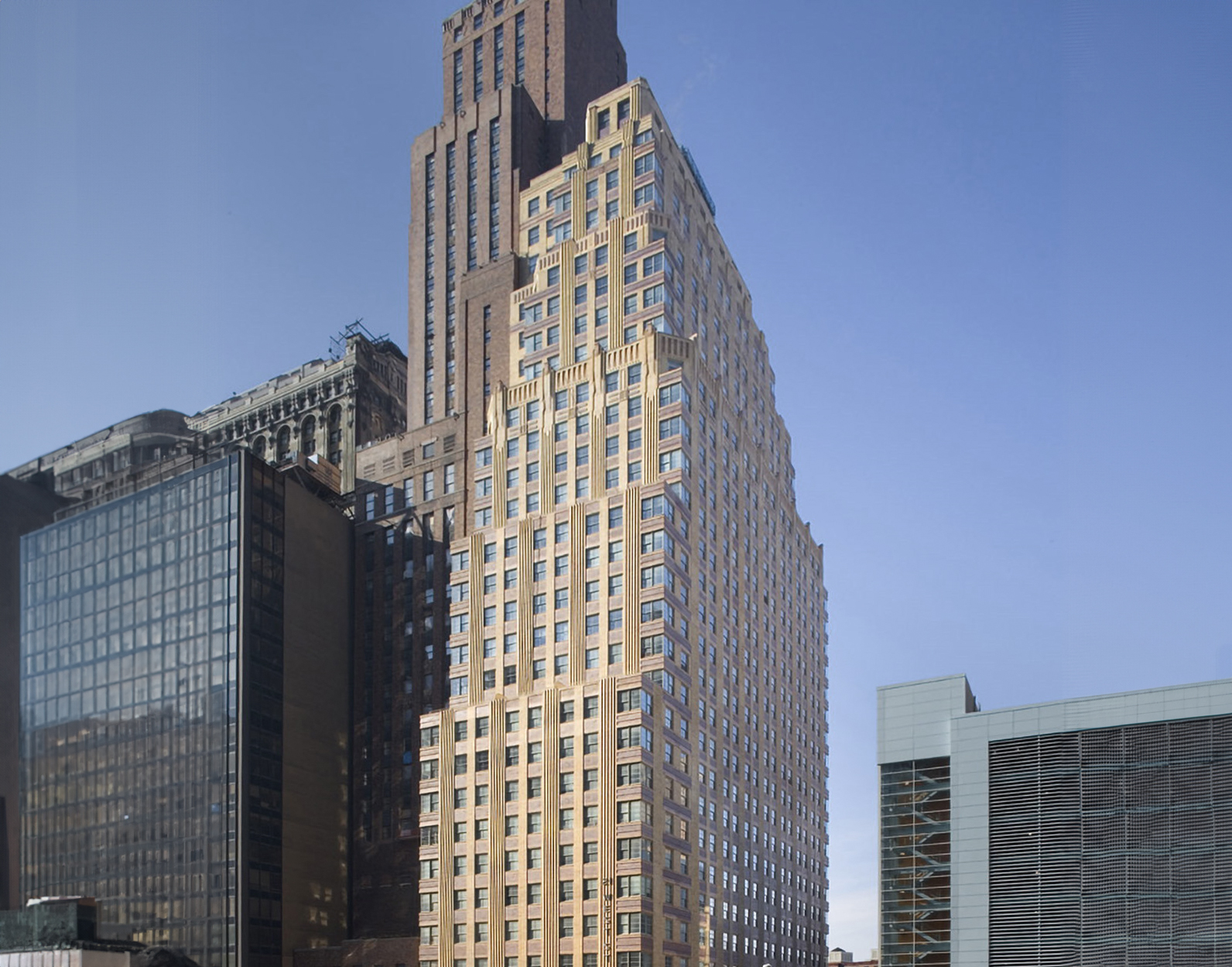The 1501 Broadway Building is an Art-deco skyscraper designed by Rapp and Rapp, and built between 1926 and 1927, for a reported $13.5 million dollars, in New York, NY.
1501 Broadway Building is not the only name you might know this building by though. The building is, or has also been known as Paramount Building.
Its precise street address is 1501 Broadway, New York, NY. You can also find it on the map here.
The 1501 Broadway Building is a structure of significant importance both for the city of New York and the United States as a nation. The building embodies the distinctive characteristic features of the time in which it was built and the Art Deco style. Because of that, the 1501 Broadway Building was officially declared as a national landmark on November 1st 1988.





